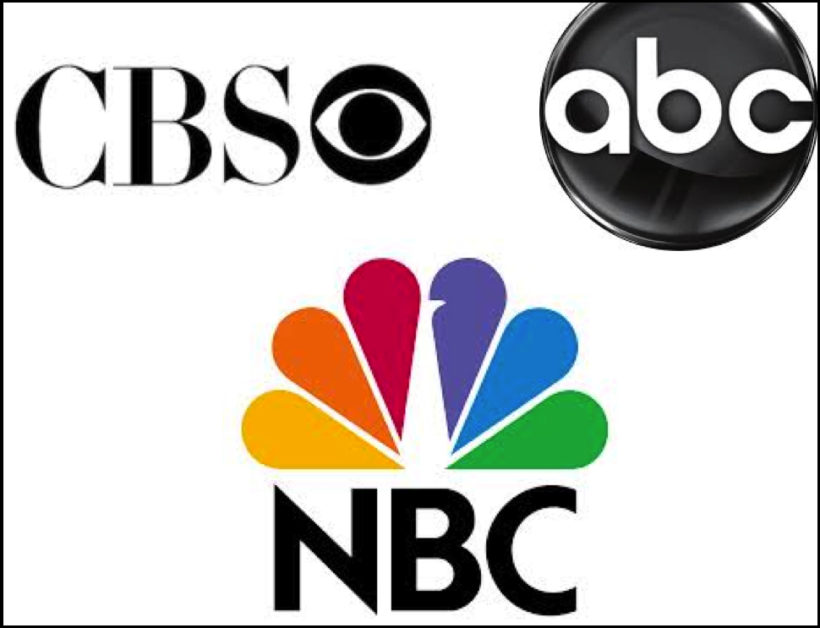
redo Jump to...
print Print...
Example of Media Bias:
Three very good economic news stories happened back to back to back on Aug. 27-29:
- Stocks set records
- Consumer confidence shot up, and
- Economic growth estimates were revised up
Meanwhile, ABC, CBS and NBC’s evening news programs ignored all three on those nights.
CNN Money [website] reported that the announcement of a tentative trade deal between the U.S. and Mexico sent the S&P 500 and Nasdaq indexes to “all-time highs” on Aug. 27. It also sent the Dow Jones Industrial Average up 259 points to close above 26,000 again — the highest close since Feb. 1.
[Spanish language] media outlets did a slightly better job, with three shows mentioning that the U.S.-Mexico trade deal announcement drove stocks to records on Aug. 27. But even that was only a combined 36 seconds from Univisión, Azteca TV and CNN Español.NBC and CBS both reported on that potential trade deal that night, but neither news broadcast told viewers about the impact on stocks.
The next day, the Conference Board announced that consumer confidence had climbed to nearly an 18-year-high of 133.4 in part due to optimism about the labor market. Reuters reported that the survey pointed to “strong consumer spending that should help to sustain the economy for the remainder of the year.” Many consumers said they plan to buy a house or expensive items in the coming months.
The good news about consumer attitudes toward the economy were ignored by the NBC, ABC and CBS nightly news shows, as well as the top Spanish language television networks.
On Aug. 29, the networks also ignored the second estimate of economic growth which had been revised up to 4.2 percent — “putting the economy on track to hit the Trump administration’s goal of 3 percent annual growth,” Reuters reported. It was the fastest growth rate since 2014.
Once again, that night ABC, CBS and NBC evening news programming failed to report the good news. So did Univision, Telemundo, Azteca TV and Estrella TV.
From a Business and Media report by Julia A. Seymour on August 30. Kathleen Krumhansl of MRC Latino contributed to this analysis.
And from an August 28 MarketWatch [website] report titled “Americans haven’t been this confident in the economy since 1990s Internet boom”:
The numbers: Consumer confidence in the United States soared in August to an 18-year high and hit seldom-reached peaks, reflecting surging growth in the economy and the lowest unemployment rate in almost two decades.
The consumer confidence index jumped to 133.4 from a revised 127.9 in July, the Conference Board said Tuesday.
How good is that? It’s the highest level since October 2000 and beats the previous postrecession peak of 130 in February.
The only other period in which consumer confidence was higher was during the Internet-fueled boom of 1997 to 2000, based on official monthly readings that go back to 1977.
To accurately identify different types of bias, you should be aware of the issues of the day, and the liberal and conservative perspectives on each issue.
Types of Media Bias:Questions
1. What types of media bias by the TV networks does the excerpt above illustrate?
2. Are you surprised by the good economic news? Explain your answer. (e.g. No – I get my news from my phone and I saw all these great reports, Yes – I get my news from my phone and never heard any of these reports, No – I watch these networks every night and only hear negative news reports from them…)
3. How important is it for news consumers to read the news from all angles? Explain your answer.
Scroll down to the bottom of the page for the answers.
Answers
1. Bias by omission and story selection.
2. Opinion question. Answers vary.
3. Opinion question. Answers vary.



